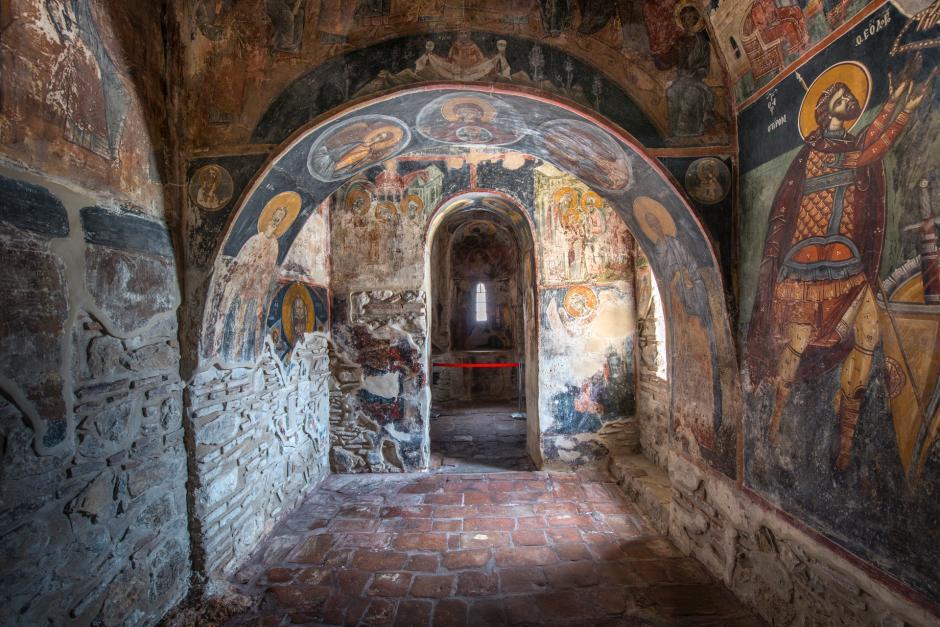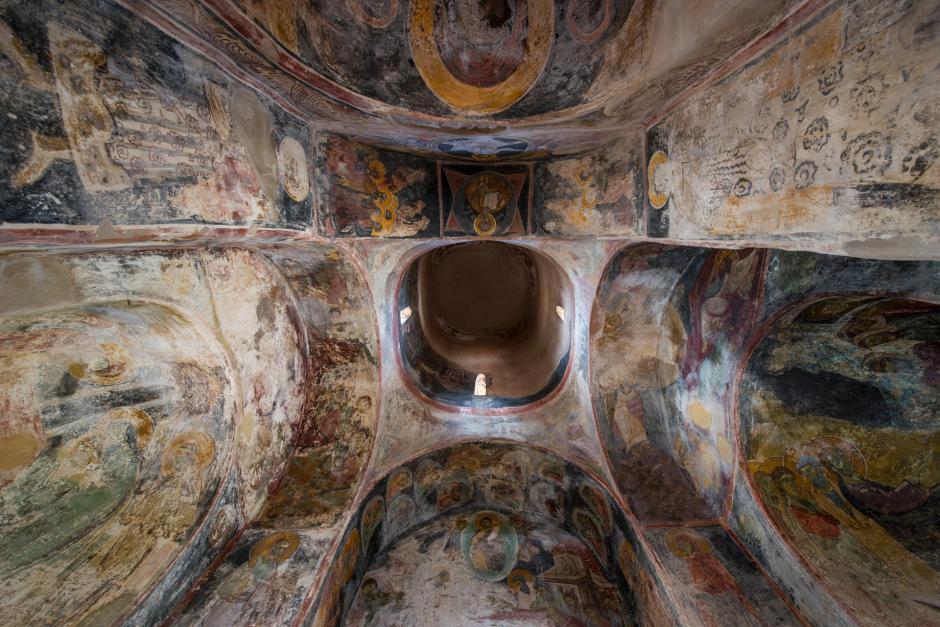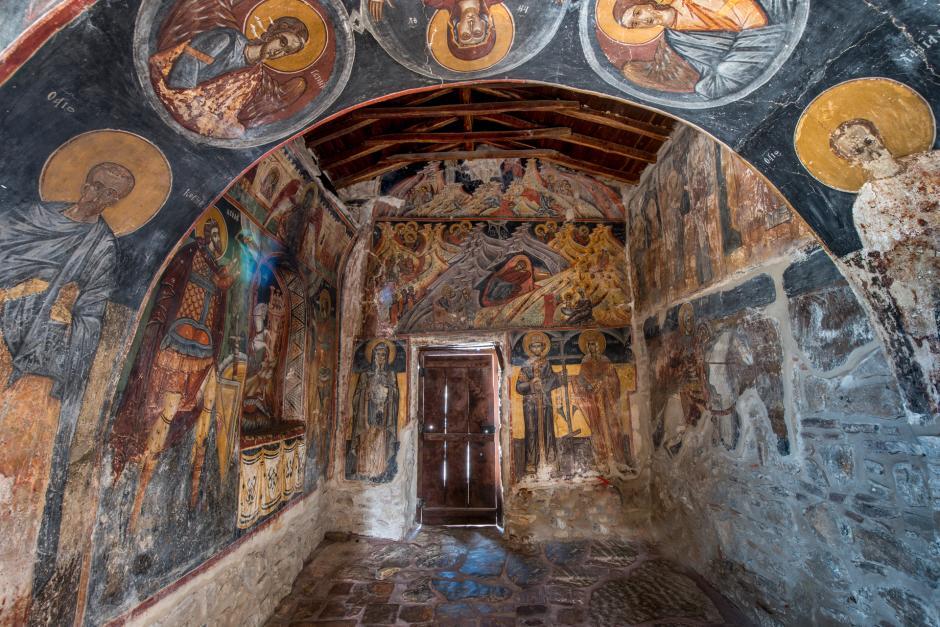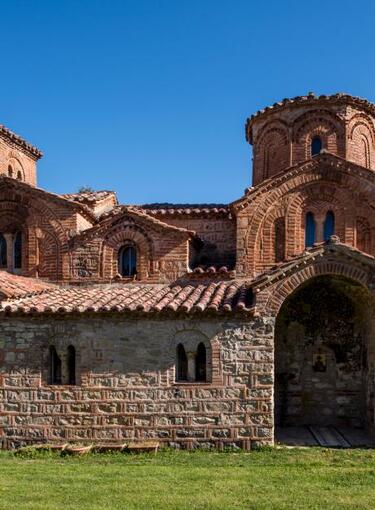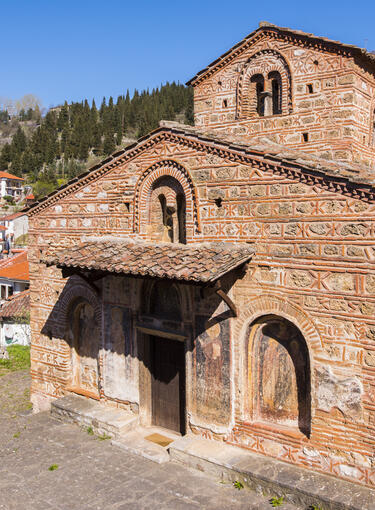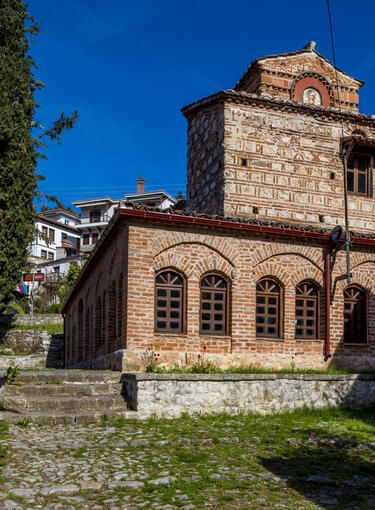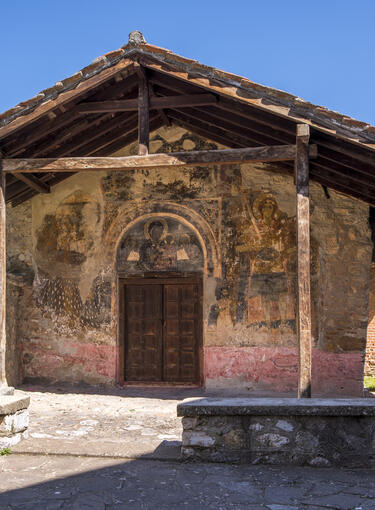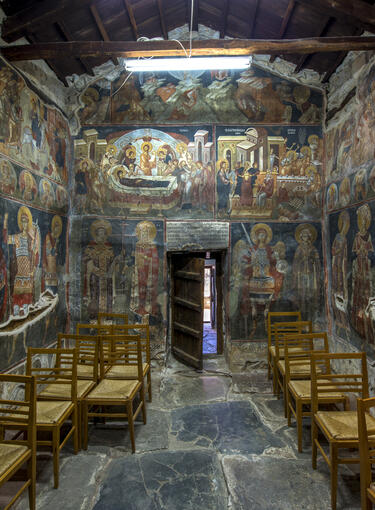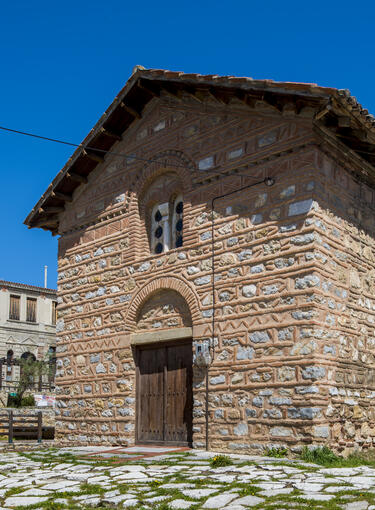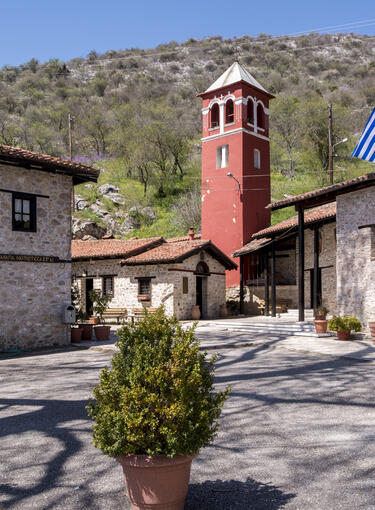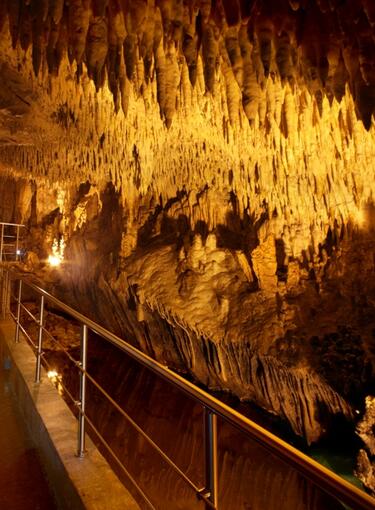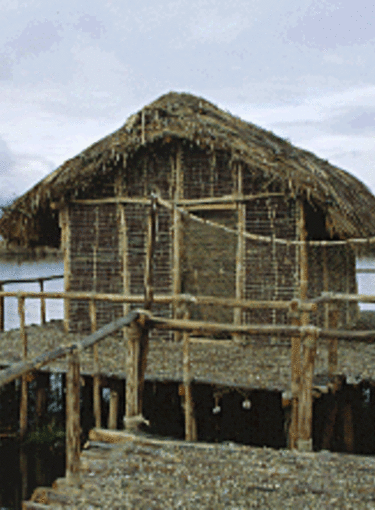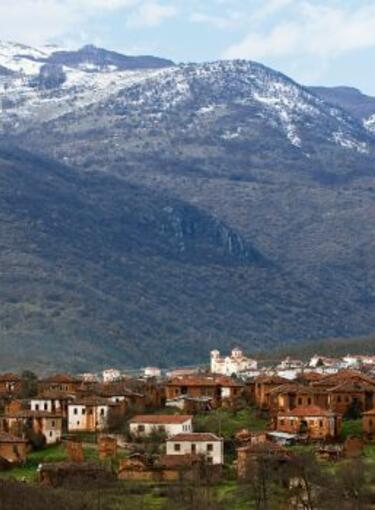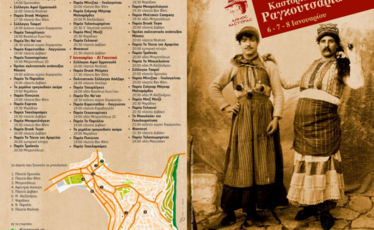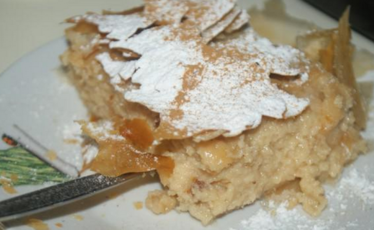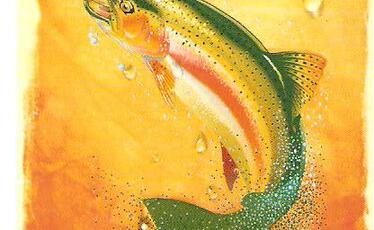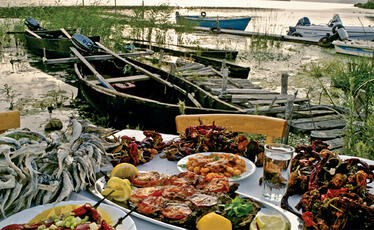Historic Temples
At the acropolis of the Byzantine castle of Kastoria is one of the most well-known and most important monuments of Macedonia, the church of Panagia Kastriotissa or Koubelidiki, a real jewel for the city. It was name Kastriotissa in the Byzantine Period, as it is said on the inscription that was located at the basis of its dome, due to the fact that it was very close to the walls of the castle (“kastro” in Greek). But it is better known as Koubelidiki, a name that was prevalent in the period of the Turkish Occupation (approximately 1383-1912) and comes from the Turkish word “kubbe”, that is a dome, due to the fact that it was the only church in Kastoria which had a dome.
The church dates, probably, from the middle of the 9th century, even though other views have been proposed for its date of construction, in the middle of the 10th and the first half of the 11th century. During the Greek-Italian War (1940-1941) a large part of the dome was destroyed by a bombardment, and in 1949 the monument was restored and it returned to its initial form. Architecturally, the church is the only one in Kastoria which belongs to the type of triconch cross-in-square church. That isl, its ground plan is square and its three sides, the eastern, the northern and the southern, end in conches. The square is covered with a cyclic dome, disproportionally taller in relation to the rest of the building. On the west there is an oblong narthex, and a large exonarthex that was added in the 15th century. Of particular interest is the formation of the church’s external surfaces, something characteristic of the Byzantine architecture of Kastoria. The walls are built with stones in their natural shape or carved, framed with bricks, horizontally or vertically. Among them there are bricks that create decorative letters or geometrical shapes and peculiar dentil courses, while there are also glazed tiles, square, parallelogram, triangular or placed in the shape of a rhombus.
The interior of the church, like the external western side, are richly decorated with remarkable wall paintings, which are severely worn out by moisture. At the main church survive scenes from the life of Christ (Dodekaorton-the twelve major feast-days of the Orthodox Christian year) and saints, and at the narthex episodes from the life of the Virgin Mary are depicted. Of particular interest is the representation of Agia Triada (Holy Trinity) at the arch of the narthex, which is one of the oldest Byzantine examples of an anthropomorphic Agia Triada, with the oversized Heavenly father sitting in front of an arch and Christ, the Son, in front of his chest, holding the Dove, the Holy Spirit, surrounded by glory. These wall paintings date from the middle of the 13th century, while the ones at the exonarthex date from the 17th century. The icons on the western external wall of the church are of a later date and, as the relevant inscription informs us, took place with the expenses of someone called Andronikos in 1496.
Informations
Additional
Date:
middle of the 9t century
Season:
Byzantine
Holy Metropolis:
Kastoria
Under the Supervision of:
Archaeological Service of Kastoria
Address:
Koubelidiki square 52100
Access:
Bus, Car, airport of Argos Orestiko
Parking:
Possibility of parking around the area
Schedule:
Everyday: from 8:00 a.m until 15:00 p.m Monday: closed
The church can be visited after arrangement with the guards of the Byzantine Museum of Kastoria.



